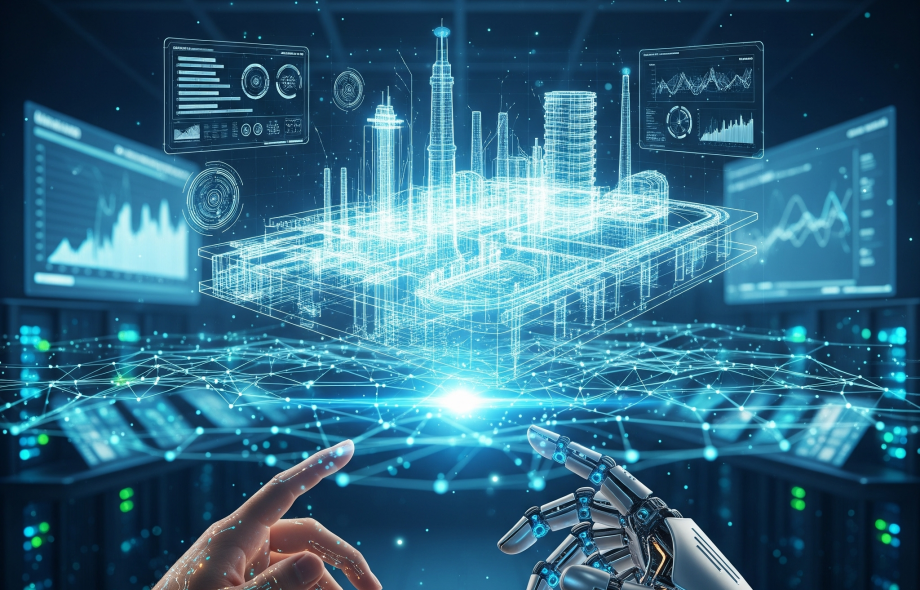Digital twins have been making waves in the tech world, revolutionizing the way businesses operate and find solutions to complex problems. So, what exactly are digital twins, and why are they gaining so much traction in various industries?
In a nutshell, a digital twin is a virtual representation of a physical object or system, created through the use of real-time data and simulation models. This enables companies to monitor, analyze, and optimize the performance of their assets in a highly accurate and efficient manner. From manufacturing to healthcare, digital twins are being used to improve operations, enhance product development, and even predict maintenance issues before they occur.
One of the key benefits of digital twins is their ability to provide a holistic view of an entire operation. By integrating data from various sources and sensors, companies can gain valuable insights into how their assets are performing in real-time. This not only helps in identifying potential issues early on but also enables better decision-making and resource allocation.
Moreover, digital twins are becoming increasingly popular in predictive maintenance. By leveraging historical data and machine learning algorithms, companies can anticipate when equipment is likely to fail and proactively schedule maintenance to prevent costly downtime. This predictive approach not only saves time and money but also improves overall operational efficiency.
In the realm of healthcare, digital twins are being used to create personalized treatment plans for patients. By analyzing an individual’s medical history, genomic data, and lifestyle factors, doctors can develop tailored therapies that are more effective and have fewer side effects. This personalized approach to healthcare is revolutionizing the way diseases are treated and leading to better patient outcomes.
Overall, the potential of digital twins is vast and continues to grow as technology advances. From improving asset management to enhancing medical treatments, digital twins are proving to be a game-changer in various industries. As more companies embrace this technology, we can expect to see even more innovative applications that will ultimately drive efficiency, productivity, and better outcomes.
In conclusion, digital twins are here to stay and are reshaping the way businesses operate and innovate. By harnessing the power of real-time data and simulation models, companies can unlock new opportunities and stay ahead of the curve in an increasingly competitive market.
 :
https://www.pinterest.com/xceltec0192/
:
https://www.pinterest.com/xceltec0192/












